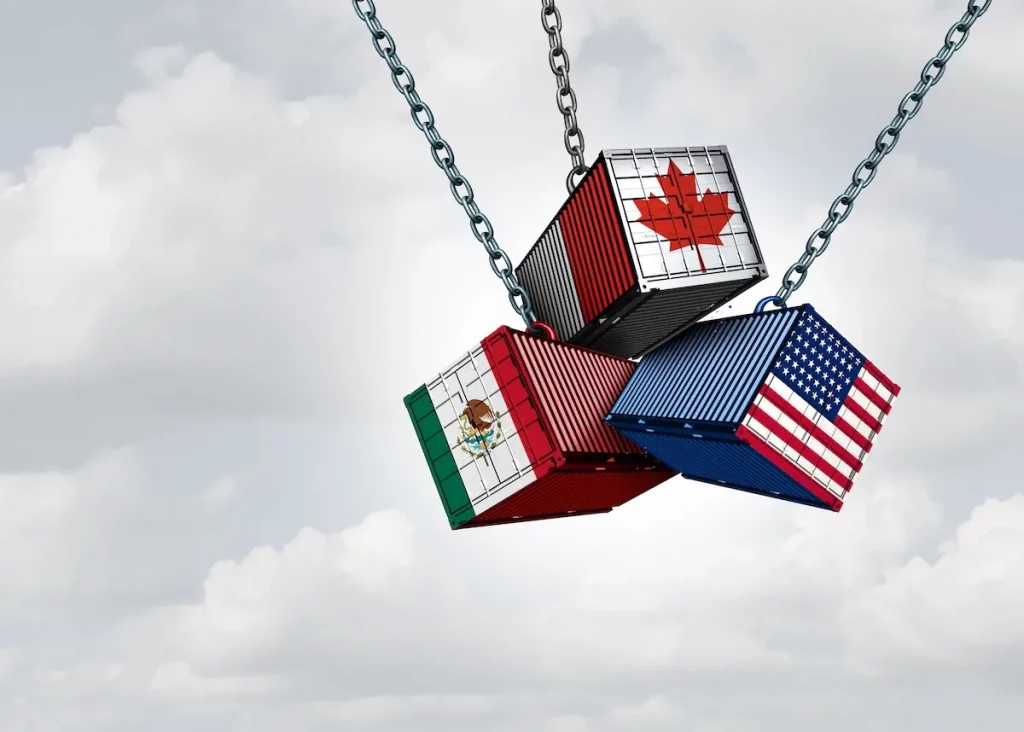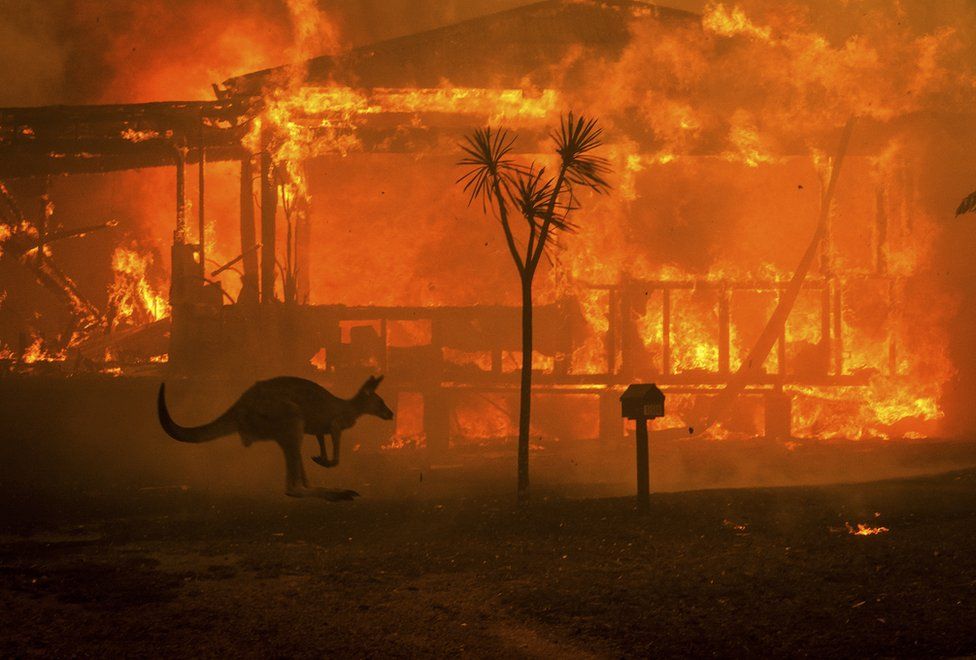Trump’s 2025 Cartel FTO Designations: Balancing Security and USMCA Trade
On January 27, 2025, President Donald Trump signed Executive Order 14122, designating Mexican cartels like the Sinaloa Cartel and Cartel Jalisco Nueva Generación (CJNG) as Foreign Terrorist Organizations (FTOs) and Specially Designated Global Terrorists. This move, finalized by the State Department on February 20, 2025, allows the U.S. to freeze cartel assets, block their financial networks, and pursue narcoterrorism charges. The goal is to choke off the fentanyl trade, which the CDC’s 2024 Update blames for over 100,000 U.S. overdose deaths each year. Those deaths come with a staggering $1.5 billion economic hit, from healthcare costs to lost productivity. The U.S. Department of Justice’s 2025 Cartel Enforcement Report details 1,200 arrests, including high-profile Sinaloa leaders like Ismael “El Mayo” Zambada García, caught in 2024, showing the cartels’ deep role in this crisis.
Under international law, the United States can justify the designations as legitimate countermeasures against cartels engaged in transnational crimes. The smuggling of fentanyl and other synthetic opioids across borders constitutes “internationally wrongful acts” under the ILC Articles on State Responsibility. Mexico’s own efforts — more than 1,200 cartel arrests in 2025 — have yet to stem the flow, giving weight to U.S. unilateral action. Yet these sanctions carry risks. If enforcement disproportionately affects Mexican exporters — such as avocado, or automobile producers — it could run afoul of USMCA’s national treatment rules. Even so, Article 32.2’s “essential security” clause, which mirrors language upheld in the WTO’s Russia–Tariffs decision, likely shields the U.S. measures. Because the sanctions are aimed at protecting public safety rather than restricting lawful trade, they fall within that exception. Mexico could still bring a Chapter 31 dispute, but growing cooperation through joint task forces suggests that both governments prefer coordination to confrontation.
From an economic standpoint, the cartels themselves already distort trade and supply chains. They extort an estimated $500 million each year from industries like agriculture and auto manufacturing. While sanctions might cause short-term slowdowns, they also promise long-term benefits by weakening cartel financing. Freezing the assets of Sinaloa-linked shell companies, for instance, could stabilize Mexico’s $3 billion avocado export market. Broad enforcement could provoke Mexican retaliation, such as tariffs under USMCA’s rapid-response mechanisms, threatening the integration that defines North American trade. To avoid that outcome, the U.S. must ensure its sanctions remain narrowly targeted and transparent, maintaining confidence among legitimate businesses on both sides of the border.
Protests in Mexico this March signaled frustration over U.S. sanctions, while the new Rubio–de la Fuente task force — a joint anti-cartel coordination effort — offers a model for managing the fallout.
By grounding its actions in Article 32.2 and sustained dialogue with Mexico, the United States can weaken cartel networks while protecting the economic foundations of North American commerce. Carefully targeted sanctions not only confront the human and financial toll of fentanyl but also strengthen the resilience of the USMCA — showing that security and trade can reinforce, rather than undermine, one another.
Article Written by John Ryan
Sources:
Exec. Order No. 14122, 90 Fed. Reg. 7843 (Jan. 27, 2025).
Ctrs. for Disease Control & Prevention, Drug Overdose Deaths: 2024 Update (2025).
United States-Mexico-Canada Agreement, art. 2.3, July 1, 2020.
Int’l Law Comm’n, Articles on State Responsibility, art. 20, U.N. Doc. A/56/10 (2001).
U.S. Dep’t of Just., 2025 Cartel Enforcement Report (2025).
USMCA, supra note 3, art. 2.3.
Panel Report, Russia—Measures Concerning Traffic in Transit, WTO Doc. WT/DS512/R (Apr. 5, 2019).
USMCA, supra note 3, art. 31.
Ctr. for Strategic & Int’l Stud., USMCA and Cartel Impacts 3 (Aug. 2025).
U.S. Customs Serv., Border Trade Statistics (Feb. 2025).
USMCA, supra note 3, art. 31.
Press Release, U.S. Embassy, Rubio-de la Fuente Communique (Sept. 6, 2025).

